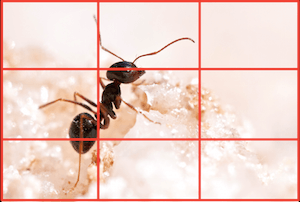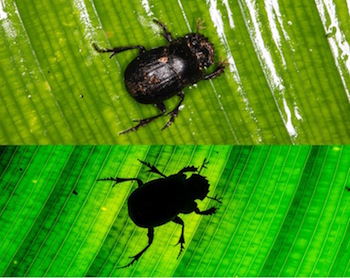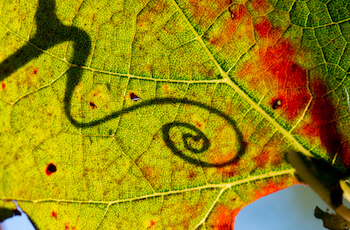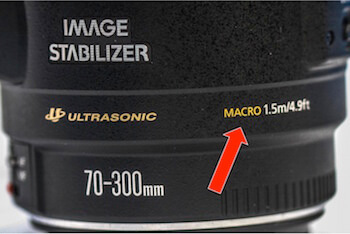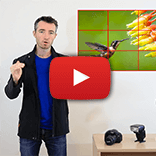Watch your focus!
Many people think that macro photography should be shot using manual focus. While there may be the rare occasion where autofocus is a challenge, the thought that manual focus is essential is largely a myth. More often than not Autofocus will actually achieve focus more quickly and more accurately than you can judge by eye using manual focus.
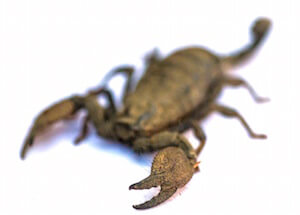 |
This isn't 'blurry', just a very
small DoF focused on the claw. |
The challenge with focus often comes because the depth of field on a macro lens is small, especially if using a small f/number like f/2.8 (small f/number = small depth of field). Many people use too small a small depth of field, so that only a very specific part of the subject where the lens was focused is pin sharp, perhaps the antler or the front leg of the insect for example, and the rest of the subject appears blurry. This is a depth of field issue rather than being a problem with the autofocus. In this case of the scorpion, the autofocus has worked fine in grabbing focus, it has just been focused on the claw and the small depth of field means the rest of the body is outside the region that appears in focus. For this reason, it's important to make sure the autofocus is being pointed at the eye of your subject (or whichever piece you want the viewer to be drawn to). If you wish for more of the subject to become sharp than just the part where you focused, simply increase your f/number for a bigger depth of field (see tip below on depth of field) .
The trick with using autofocus on a macro lens is to not delay very long between grabbing the focus (half pressing the shutter button) and taking the shot (pressing the shutter button the rest of the way). If too much time elapses between grabbing the focus and then taking a shot, more often than not the photographer sways ever so slightly forward or back, shifting the part of the subject that will appear in focus. To get around this, autofocus and then take the shot quickly (being careful to still press the shutter button gently and smoothly to avoid camera shake!).
Rather than focus and then try and recompose for best composition, it can be handy to move to the selected autofocus point around so that your shot is already nicely composed, else you'll likely move a bit while recomposing which will shift the focus.
I'm only tempted to switch to manual focus if autofocus doesn't work. One such circumstance could be when I'm trying to get as close as possible to the subject. Rather than get too close to the point that autofocus fails, I'll switch into MF and dial the lens to the closest focus it can. By looking through the viewfinder, I then move slowly in and out until the subject becomes sharp. That way I know I'm as close as possible to the subject, making it as big as possible in the frame.


